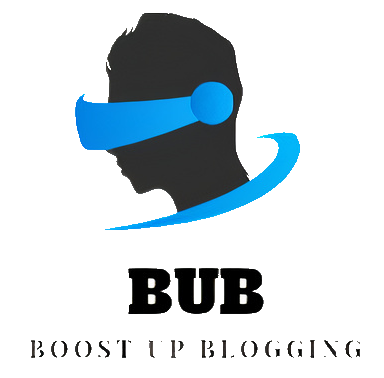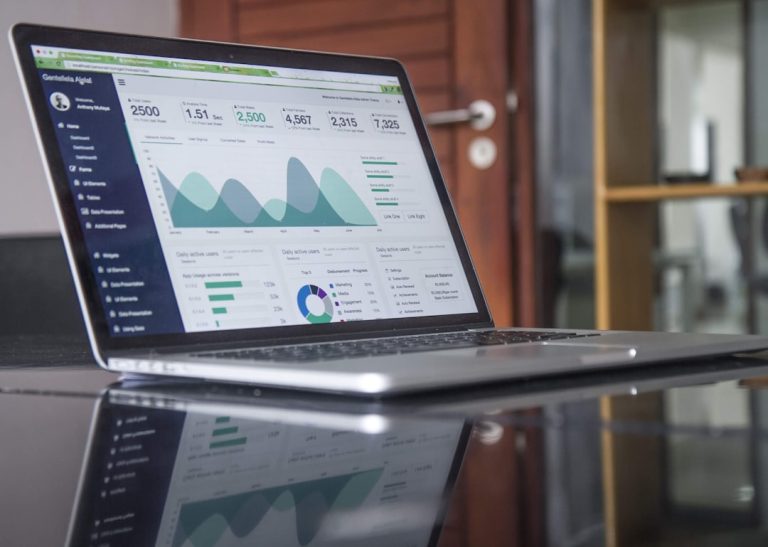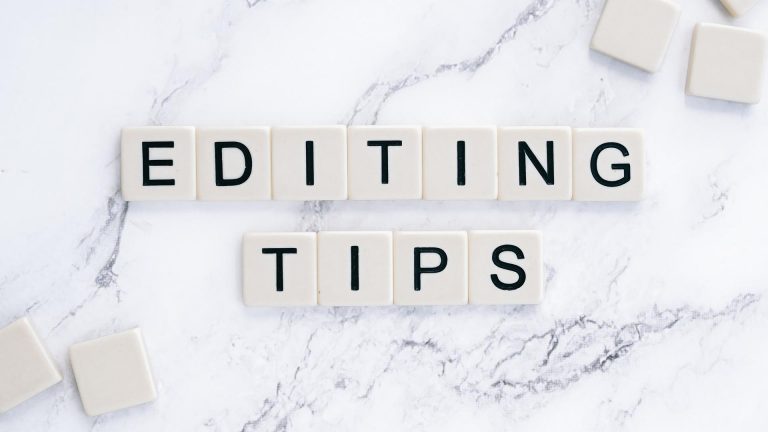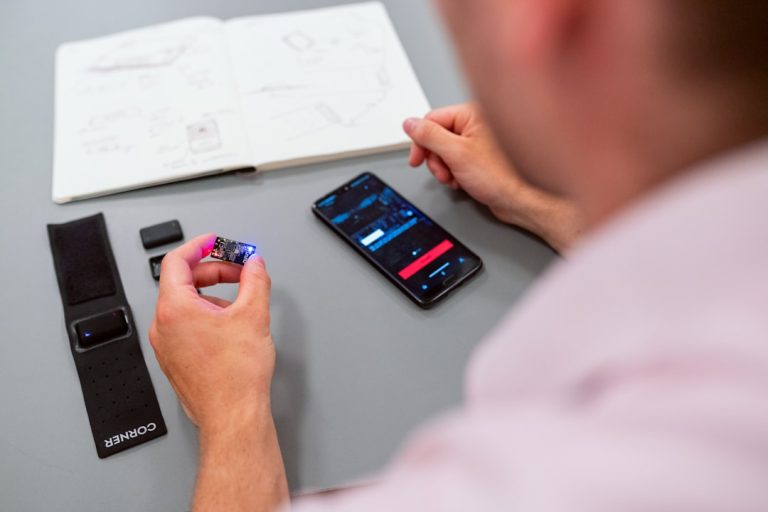How to Add LADSPA Plugins to Qmmp Music Player
Imagine transforming your audio experience from ordinary to extraordinary with just a few clicks. For audiophiles and casual listeners alike, the right sound can make all the difference, elevating tracks into immersive auditory journeys. If you’re using Qmmp Music Player and craving that extra layer of sonic magic, you’re in for a treat! LADSPA (Linux Audio Developer’s Simple Plugin API) plugins offer an impressive array of effects and enhancements that can breathe new life into your playlists.
In this guide, we’ll walk you through the straightforward process of integrating LADSPA plugins into Qmmp, unlocking a treasure trove of customizable options to tailor your listening experience. Whether you’re looking to add reverb for depth or equalization for clarity, these powerful tools are at your fingertips. Join us as we navigate through installation steps and tips to ensure that each note resonates with perfection—your music is about to get a significant upgrade!
Understanding LADSPA Plugins Basics
LADSPA, short for Linux Audio Developers Simple Plugin API, offers musicians and audio engineers a powerful toolkit to enhance their sound production. Unlike proprietary software that often locks users into specific architectures, LADSPA plugins boast an open-source framework that grants countless developers the freedom to create diverse effects and instruments. This accessibility not only fosters creativity but also allows users to tailor their audio experience by integrating a variety of unique sound manipulations straight into their Qmmp setup.
Understanding the simplicity of LADSPA can transform your approach to music mixing. Once installed, these plugins provide an intuitive interface where you can experiment with everything from dynamic range compression to reverb and equalization—a musician’s playground at your fingertips. Through Qmmp’s user-friendly interface, loading and managing multiple LADSPA plugins becomes seamless, enabling real-time tweaking during playback. With so many options available, ranging from vintage tube emulations to modern spatial effects, the musical possibilities are virtually limitless—inviting you to explore uncharted auditory landscapes while breathing new life into your existing tracks.

Installing Qmmp Music Player
Installing Qmmp Music Player is a straightforward process that opens up a world of audio possibilities. Whether you’re on Linux, Windows, or macOS, the steps are user-friendly and designed to get you listening in no time. Most distributions have Qmmp available in their software repositories, making it easy to install via package managers like APT or Pacman. Just a simple command—`sudo apt install qmmp` for Debian-based systems—can set you on your musical journey.
Once installed, the real magic begins when integrating LADSPA plugins to enhance your sound experience. These plugins allow users to customize their audio output with effects that range from subtle warmth enhancement to more daring experimental sounds. Exploring LADSPA is almost like opening a treasure chest; each plugin offers unique capabilities that can deepen your appreciation for well-crafted mixes or breathe new life into your favorite tracks. With Qmmp’s intuitive interface, navigating through these enhancements becomes part of the fun rather than a technical chore—turning casual listeners into engaged audiophiles as they fine-tune every note and beat.
Locating LADSPA Plugin Packages
Finding the right LADSPA plugin packages can enhance your Qmmp Music Player experience dramatically. The first step in this process is understanding where to look. Popular repositories like Debian and Ubuntu offer extensive libraries of LADSPA plugins, often with straightforward installation commands. However, it pays to venture beyond the standard repositories. Websites such as GitHub host user-sourced projects and experimental plugins that may not be widely known yet could add unique effects or functionalities to your music.
Another avenue is connecting with communities dedicated to audio production and plugin development. Forums like Linux Audio Users or platforms such as Reddit can lead you to hidden gems—custom-built plugins tailored by enthusiasts who are eager to share their creations. Engaging in these discussions not only provides access to rare finds but also offers insights into emerging trends and best practices within the community. By expanding your search beyond conventional avenues, you can unlock a treasure trove of inventive audio possibilities for your Qmmp setup, allowing you to craft an unparalleled listening experience aligned with your artistic vision.

Installing LADSPA Plugins on Your System
To install LADSPA plugins on your system, start by ensuring that your Linux distribution supports package management for audio tools. Most distributions have repositories that contain a variety of LADSPA plugins ready for installation. For instance, using terminal commands like `sudo apt install ladspa-sdk` on Ubuntu or `dnf install ladspa` on Fedora can simplify the process significantly. However, if you’re feeling adventurous and want to explore beyond the standard offerings, consider downloading plugins from well-known developers or community sources. This often opens up a treasure trove of unique effects that might perfectly suit your musical style.
After installing the desired LADSPA plugins, it’s crucial to verify their availability within Qmmp. Launch Qmmp and navigate to the preferences section where you can specify paths or refresh plugin lists. Ensuring that Qmmp recognizes these plugins not only streamlines your workflow but also maximizes performance by leveraging powerful audio processing capabilities right from the outset. Don’t forget to experiment with different combinations of effects; sometimes pairing unexpected plugins can yield new sonic landscapes, pushing the boundaries of creativity in your music production journey.
Configuring Qmmp for LADSPA Plugins
Configuring Qmmp to utilize LADSPA plugins is an exciting venture that transforms your listening experience by opening up a world of custom audio effects. To begin, navigate to the settings menu by clicking on Preferences under the Edit dropdown. Here, you’ll find the “Plugins” tab where you can enable LADSPA support; just check the box and specify the path where your LADSPA plugins are installed. This might require a bit of exploration if you’re new to Linux environments or have installed plugins in non-default directories.
Once enabled, don’t overlook the power of using multiple plugins simultaneously! You can chain different effects to create unique soundscapes—imagine combining a reverb effect with a subtle chorus for a richly textured auditory experience. Furthermore, regular updates from plugin communities mean there’s always something new to explore; take advantage of this dynamism! Experimentation is key: tweak parameters during playback and witness how small adjustments can lead to vast improvements in audio clarity or richness, enabling you to personalize your music like never before.

Adding Plugins Through Qmmp Interface
Adding plugins through the Qmmp interface is a straightforward yet powerful way to enhance your music listening experience. Once you have installed LADSPA plugins, the integration process within Qmmp opens up a world of creative possibilities. Navigate to the “Preferences” menu, where you can access the “Effects” section that serves as your gateway to audio manipulation. Here, you’ll find options that allow you to enable and configure each LADSPA plugin you’ve added, letting you experiment with various sound effects and processing techniques.
What makes this process even more engaging is Qmmp’s intuitive design; users can visually assess how different plugins interact in real time with their audio tracks. Think of it as painting a sonic canvas where each effect brings out unique nuances in your favorite songs. Adjust parameters on-the-fly, allowing for spontaneous creativity that not only personalizes your listening but also transforms familiar tracks into new auditory experiences. Dive into this realm of customization and discover how simple adjustments can breathe fresh life into your musical library!
Conclusion: Enhance Your Qmmp Experience
As you delve deeper into the Qmmp music player, enhancing your experience with LADSPA plugins can transform how you engage with your favorite tracks. By customizing audio effects and fine-tuning playback to match your personal taste, you’re not just listening to music—you’re curating an auditory adventure that resonates on a new level. Imagine applying dynamic equalization for that rich treble boost during classical symphonies or using spatial effects for immersive soundscapes in ambient genres.
Moreover, exploring various LADSPA plugins opens up endless possibilities beyond mere enhancement; it encourages experimentation and creativity. Why settle for static sound when you can create unique mixes or recreate the atmosphere of a live concert right at home? Sharing custom settings with friends or communities around Qmmp not only fosters engagement but also inspires collaborative growth among fellow audiophiles. In this spirit of exploration, take time to discover lesser-known plugins that might spark unexpected inspiration—your next musical journey awaits!






